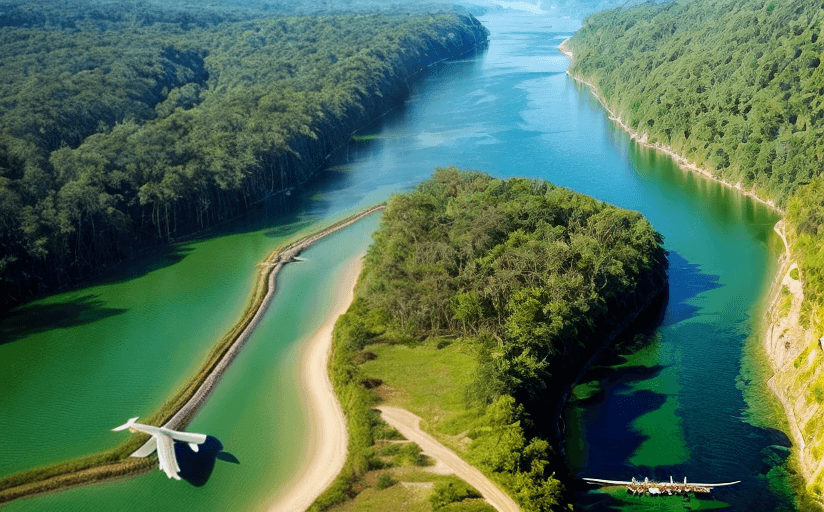Climate Change: A Major Threat to Wildlife and Their Habitats
Climate change has become a major threat to many species of wildlife and their habitats around the world. The effects of climate change are already being seen in many areas, with rising temperatures, changes in precipitation patterns, and other environmental changes impacting biodiversity. This article will explore the impact of climate change on biodiversity, and what can be done to prevent further losses.
Environmental Implications of Climate Change
One of the most direct impacts of climate change on biodiversity is the disruption of natural habitats. Rising temperatures and changes in precipitation patterns can lead to changes in the availability of food, water, and shelter, which can cause some species to become endangered or extinct. Additionally, some species are unable to migrate to new areas as their natural habitats become increasingly unsuitable, further exacerbating the impacts of climate change on biodiversity.
Economic and Social Implications of Climate Change
Climate change can also have economic and social implications. For example, changes in the availability of certain species can lead to shortages in food sources, leading to increased prices and decreased access to certain food items. Additionally, changes in the availability of certain species can lead to a decrease in revenue from tourism, as some areas may no longer be able to attract visitors. Finally, changes in biodiversity can lead to a decrease in the quality of life for certain communities, as certain species may no longer be able to provide a source of income or food.
What Can Be Done to Protect Wildlife from Climate Change?
There are a number of things that countries, organizations, and individuals can do to help conserve and protect wildlife from the impacts of climate change. These include reducing emissions of greenhouse gases, promoting sustainable development, and conserving and restoring habitats. Additionally, individuals can take part in initiatives such as tree planting or beach cleanups in order to help protect the environment. Finally, governments can provide financial incentives for businesses to reduce their emissions, as well as provide funding for research into climate change and its impacts on biodiversity.
Potential Long-Term Consequences of Failing to Address Climate Change
If climate change is not addressed, the consequences could be devastating. Biodiversity loss could lead to the extinction of many species, as well as the disruption of entire ecosystems. This could lead to decreased food security, increased economic instability, and decreased quality of life for many communities. Additionally, the impacts of climate change could continue to worsen, leading to more extreme weather events and further disruption of habitats.
Conclusion
Climate change is a major threat to many species of wildlife and their habitats around the world. The environmental, economic, and social implications of climate change on biodiversity are significant, and there are a number of things that countries, organizations, and individuals can do to help conserve and protect wildlife. However, if climate change is not addressed, the potential consequences could be devastating. It is therefore critical that effective measures are taken to reduce emissions and conserve and protect wildlife.


















Comments
Leave a Comment